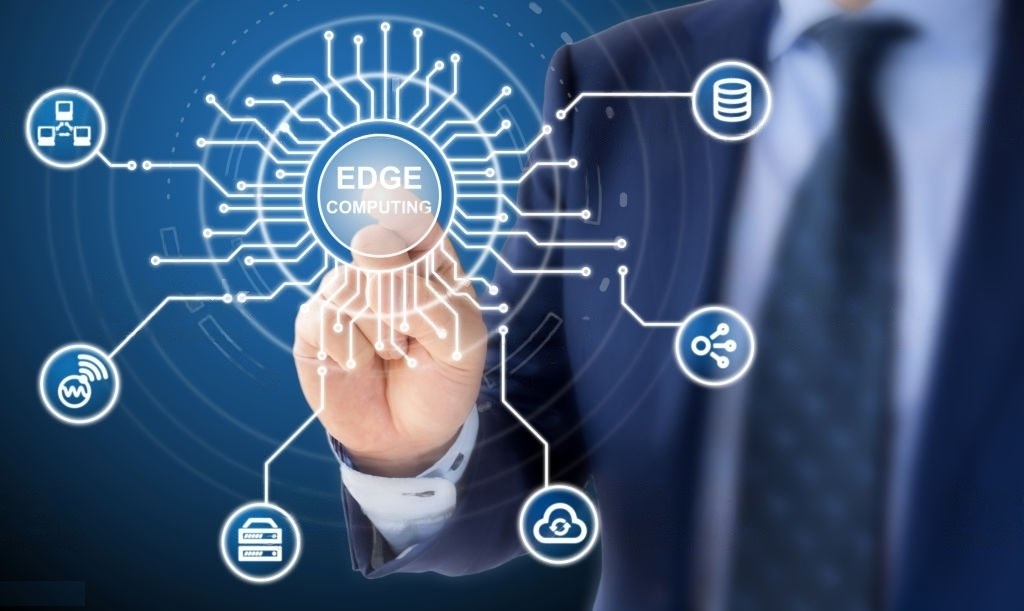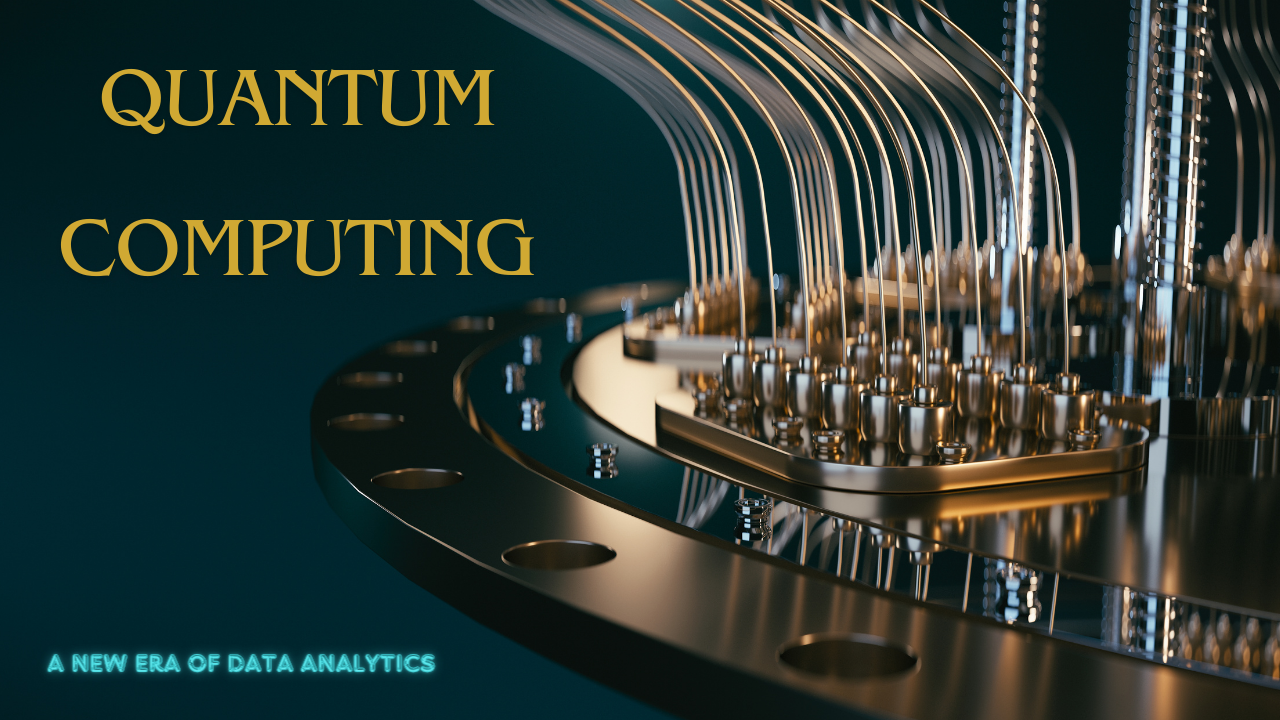Hey there, tech enthusiasts! 😃
Have you ever been frustrated with the buffering circle while streaming your favorite show, or noticed a lag while playing an online game?
Well, it turns out there’s a solution that can make our digital lives smoother and more enjoyable.
Say hello to Edge Computing! 🌐
Edge computing is the superhero of the digital world that swoops in to save the day by reducing latency, enhancing data privacy, and improving the overall user experience.
And the best part? It’s already playing a significant role in our day-to-day lives. From self-driving cars 🚗 to smart home devices 🏠, edge computing is making waves in numerous industries.
Before we dive into the nitty-gritty of edge computing, here’s a fun fact for you: by 2025, it’s estimated that 75% of enterprise-generated data will be processed at the edge, compared to only 10% in 2021. 📈
That’s a massive shift, right? So, let’s get started and unravel the fascinating world of edge computing together! 😊
Stay tuned as we explore the basics of edge computing, its key principles, and how it’s revolutionizing the way we interact with technology.
In the upcoming sections, we’ll dive into the architecture, compare it with other computing models, and discuss the advantages that make it a game-changer in the tech industry.
We’ll also touch upon the challenges and limitations, and take a peek at some of the industries that are already reaping the benefits of this amazing technology.
So, grab your favorite snack, sit back, and let’s embark on this exciting journey into the world of edge computing! 🚀
Table of Contents
- What is Edge Computing?
- How it differs from traditional computing paradigms
- Key Principles of Edge Computing
- The Edge Computing Architecture
- Limitations and Challenges of Edge Computing
- Industries Benefiting from Edge Computing
- Summary
What is Edge Computing?
Edge computing is a computing model that processes data closer to where it’s generated or used, rather than relying on a centralized data center or cloud service. In other words, think of it as bringing the “brains” of the operation closer to the “action”. 🧠
How it differs from traditional computing paradigms
Traditional computing models, like centralized and cloud computing, rely on faraway data centers for processing and storing data. This can cause delays (latency) and consume more bandwidth, which isn’t ideal for real-time applications.
Edge computing, on the other hand, minimizes these issues by doing the heavy lifting right where the data is produced or consumed. 💪
To put it into perspective, let’s say you’re using a smart home security camera 📹 to keep an eye on your pet dog, Buddy 🐶, while you’re away.
With traditional computing, the camera would constantly send video feeds to a remote server for processing. This could lead to delays, especially if your internet connection isn’t the fastest. But with edge computing, the camera processes the video feed locally, reducing latency and bandwidth usage.
So, you can keep an eye on Buddy in real-time without any hiccups! 🐾
In a nutshell, Edge computing is all about bringing power closer to the source, which translates into faster, more efficient, and more secure data processing.
As the demand for real-time applications grows, edge computing is becoming increasingly important in our digital lives. And remember that fun fact we mentioned earlier?
75% of enterprise-generated data is expected to be processed at the edge by 2025. That’s a massive transformation, and it’s just around the corner! 🌟
Key Principles of Edge Computing
Data processing at the source
Edge computing is all about processing data right at the source or close to it, instead of sending it off to a faraway data center. 🌍
For example, let’s say you’re at a music festival 🎶 and you snap a photo with your phone. With edge computing, your phone would process and apply filters to the photo without needing to send it off to a remote server.
This saves time and bandwidth, giving you a quicker, smoother experience. 😎
Decentralization and distributed computing
Unlike centralized computing, which relies on a single data center to handle all the processing, edge computing is all about decentralization and spreading the workload across multiple devices or nodes. 💻
Think of it like a team project: instead of one person doing all the work, edge computing divides the tasks among several team members, making the project more efficient and manageable. 🤝
Real-time data processing and analysis
One of the most significant advantages of edge computing is its ability to process and analyze data in real-time. ⏱️
This is essential for applications like self-driving cars 🚗, where even a fraction of a second delay could lead to accidents.
With edge computing, the car’s onboard computer can process the data from its sensors and cameras instantly, ensuring quick decision-making and a safer driving experience. 🛣️
Improved efficiency and resource utilization
By processing data locally, edge computing helps to reduce the amount of data sent over networks, which in turn saves bandwidth and reduces latency. 📉
This improved efficiency is crucial for industries like manufacturing and agriculture, where real-time monitoring and control of equipment can lead to significant cost savings and increased productivity. 🏭
For instance, imagine a smart farming system 🚜 that uses edge computing to monitor and control irrigation based on weather data and soil conditions.
By processing this data locally, the system can react quickly to changes and optimize water usage, leading to better crop yields and reduced water waste. 💧
The Edge Computing Architecture
Components of an edge computing system
- Edge devices: These are the gadgets and gizmos we use every day, like smartphones 📱, security cameras 📹, and IoT devices. They generate and consume data and can have some processing power of their own.
- Edge gateways: These are the “middlemen” of the edge computing world. Edge gateways connect edge devices to the broader network or cloud services. They help aggregate, process, and filter data from multiple devices before sending it further along. Think of them as traffic cops 🚦
- Edge data centers: These are small, localized data centers that provide additional processing power, storage, and analytics capabilities close to the edge devices. They’re like mini-clouds ☁️, bringing the power of data centers closer to the edge.
- Connectivity and communication protocols: These are the different methods and standards for transmitting data between devices and networks, like Wi-Fi, 5G, Bluetooth, and more. Having reliable and fast communication is essential for the smooth functioning of an edge computing system. 📡
How the components work together
The magic of edge computing happens when these components work together in harmony. 🎶 Let’s break it down with a real-life example:
Imagine you’re playing a multiplayer AR (augmented reality) game 🕹️ with your friends at a park.
Your smartphones are edge devices, capturing and processing data in real-time. The game data is transmitted to an edge gateway, which could be a local Wi-Fi access point or a 5G base station nearby.
The edge gateway then sends the data to an edge data center, where further processing and analytics take place, if needed. The processed data is sent back through the gateway to your smartphones, providing you with an immersive and lag-free gaming experience. 🌟
In this scenario, edge computing ensures low latency, efficient bandwidth usage, and real-time processing, making your gaming experience as smooth and enjoyable as possible. 😄
While edge computing has some fantastic benefits, it’s not all sunshine and rainbows. 🌈
There are a few challenges and limitations that come with it. So let’s discuss about some of these hurdles and what they mean for the world of edge computing.
Limitations and Challenges of Edge Computing
Security concerns
With all the data being processed and stored at the edge, there’s a potential for increased security risks. 😟
For instance, edge devices, like IoT gadgets, might not have the same robust security features as a centralized data center. This can make them more vulnerable to cyberattacks or data breaches. 🕵️♂️
However, developers and organizations are continuously working on improving security measures to protect our data and ensure a safer edge computing experience.
Infrastructure and management complexity
Setting up and managing an edge computing system can be quite complex. With so many devices and nodes involved, it’s like trying to juggle a hundred balls at once! 🤹♀️
As a result, deploying, maintaining, and updating the infrastructure requires a lot of planning, coordination, and resources.
As edge computing continues to grow and evolve, new tools and strategies are being developed to simplify and streamline the process.
Integration with existing systems
For organizations that already have an established centralized or cloud-based infrastructure, integrating edge computing can be a challenge. It’s like trying to combine two very different puzzles into one. 🧩
There may be compatibility issues, data synchronization challenges, or even a need for significant reconfiguration.
But as more and more organizations adopt edge computing, better solutions and best practices are being developed to make this transition smoother.
Despite these challenges, the benefits of edge computing often outweigh the limitations, especially for industries that rely on real-time data processing and low latency.
And as technology advances, we can expect to see improvements in security, infrastructure management, and integration, making edge computing an even more attractive option for businesses and individuals alike. 🌟
So, while there may be a few bumps in the road, the future of edge computing looks bright and promising! 😃
Industries Benefiting from Edge Computing
Examples of industries leveraging edge computing
- Healthcare 🏥: Edge computing is helping hospitals and clinics process medical data quickly and securely, enabling better patient monitoring and improved treatment outcomes.
- Manufacturing 🏭: With edge computing, factories can monitor and control their equipment in real-time, leading to increased efficiency, reduced downtime, and lower maintenance costs.
- Retail 🛍️: Retailers are using edge computing to analyze customer data, optimize inventory management, and enhance the overall shopping experience.
- Transportation 🚆: Edge computing is crucial for self-driving cars, intelligent traffic management systems, and other smart transportation solutions, ensuring safety and efficiency.
- Agriculture 🚜: Farmers are using edge computing to monitor and control their crops and livestock, optimizing resource usage and increasing overall productivity.
- Entertainment 🎮: Edge computing is improving the gaming and streaming experience by reducing latency and enabling more immersive, real-time experiences.
How edge computing is transforming these industries:
Let’s explore how edge computing is making an impact in two of these industries:
- Healthcare: Edge computing is revolutionizing healthcare by allowing medical professionals to make real-time decisions based on data from wearables, IoT devices, and medical equipment🩺.
- Agriculture: Smart farming is all about using data-driven insights to optimize crop growth and resource management. With edge computing, farmers can process data from soil sensors, weather stations, and drones right in the field, allowing them to make quick decisions about irrigation, fertilization, and pest control. 🌾
Summary
Edge computing is an exciting and rapidly evolving technology that’s changing the way we process and utilize data. By bringing the power of computing closer to where it’s generated or consumed, edge computing is offering faster, more efficient, and more secure solutions for a wide range of applications.
From healthcare and agriculture to gaming and transportation, numerous industries are harnessing the potential of edge computing to revolutionize their operations and deliver better experiences.
While there are challenges and limitations to consider, such as security concerns and infrastructure complexity, the ongoing advancements in technology are steadily addressing these issues.
As edge computing continues to mature, we can expect even more remarkable innovations, transforming not only industries but also our everyday lives.
The future is bright for edge computing, and we’re just getting started on this incredible journey! 🌟😄
Thank you for reading our blog, we hope you found the information provided helpful and informative. We invite you to follow and share this blog with your colleagues and friends if you found it useful.
Share your thoughts and ideas in the comments below. To get in touch with us, please send an email to dataspaceconsulting@gmail.com or contactus@dataspacein.com.
You can also visit our website – DataspaceAI


